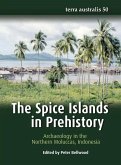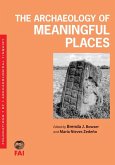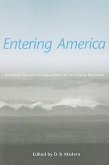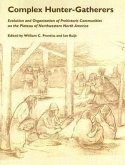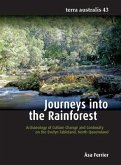The late 4th millennium in South Mesopotamia is universally known as the Uruk Period because it is at Uruk that the German excavations have exposed the most remarkable manifestations of this complex society. Although the Uruk period in Iraq itself remains little understood, in recent decades artefacts and entire settlements have been discovered in places as far apart as the Mahi Dasht in Iran and the Euphrates in South-eastern Turkey. This volume attempts to track the Uruk phenomenon in the Near East, bringing together research on some of the most significant individual sites within the Levant and Egypt, placing emphasis on the artefactual evidence. The eleven papers were originally presented at a conference in Manchester in 1998. The contributors are Hans Nissen, Renate Gut, Mitchell Rothman, Virginia Badler, Joan Oates, Marcella Frangipane, Gil Stein, Fiona Stephen, Edgar Peltenburg, Govert van Driel, Graham Philip and Toby Wilkinson.
Bitte wählen Sie Ihr Anliegen aus.
Rechnungen
Retourenschein anfordern
Bestellstatus
Storno



